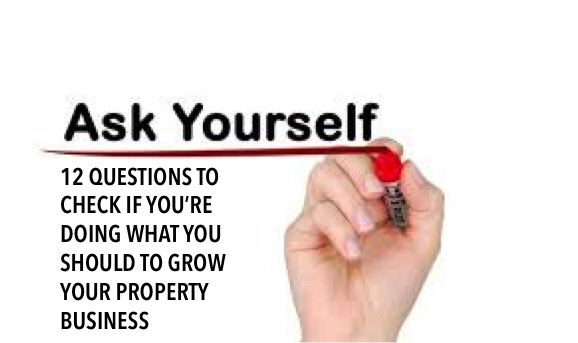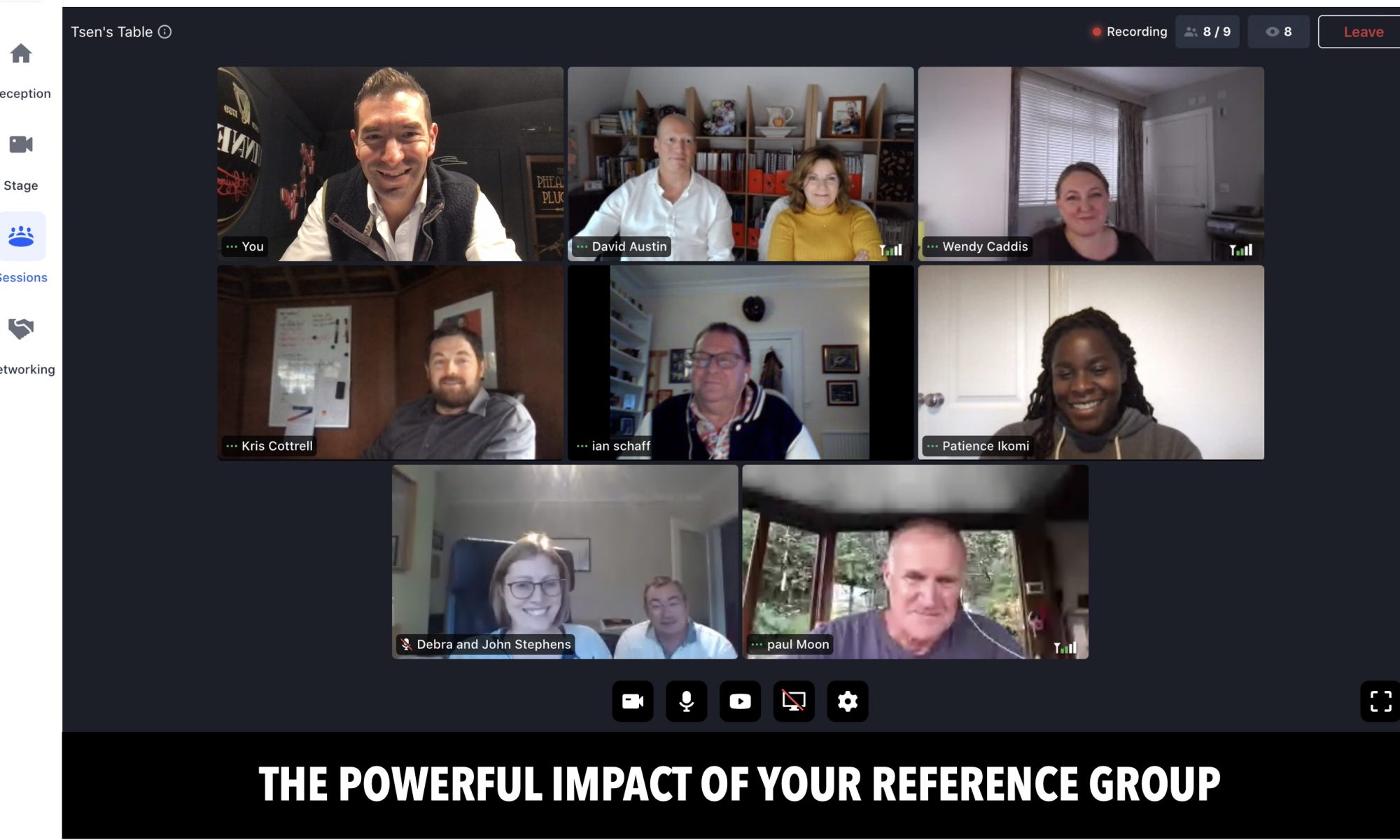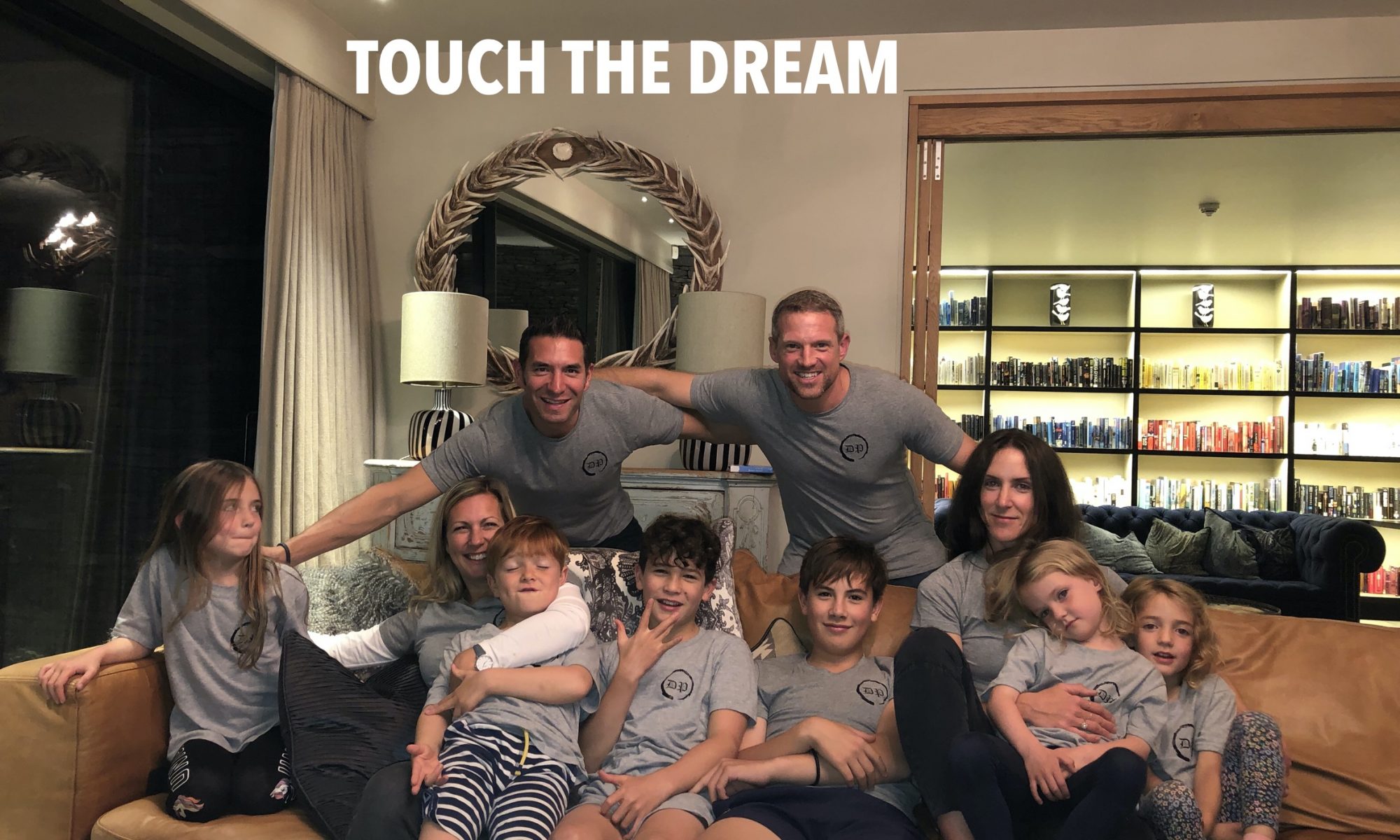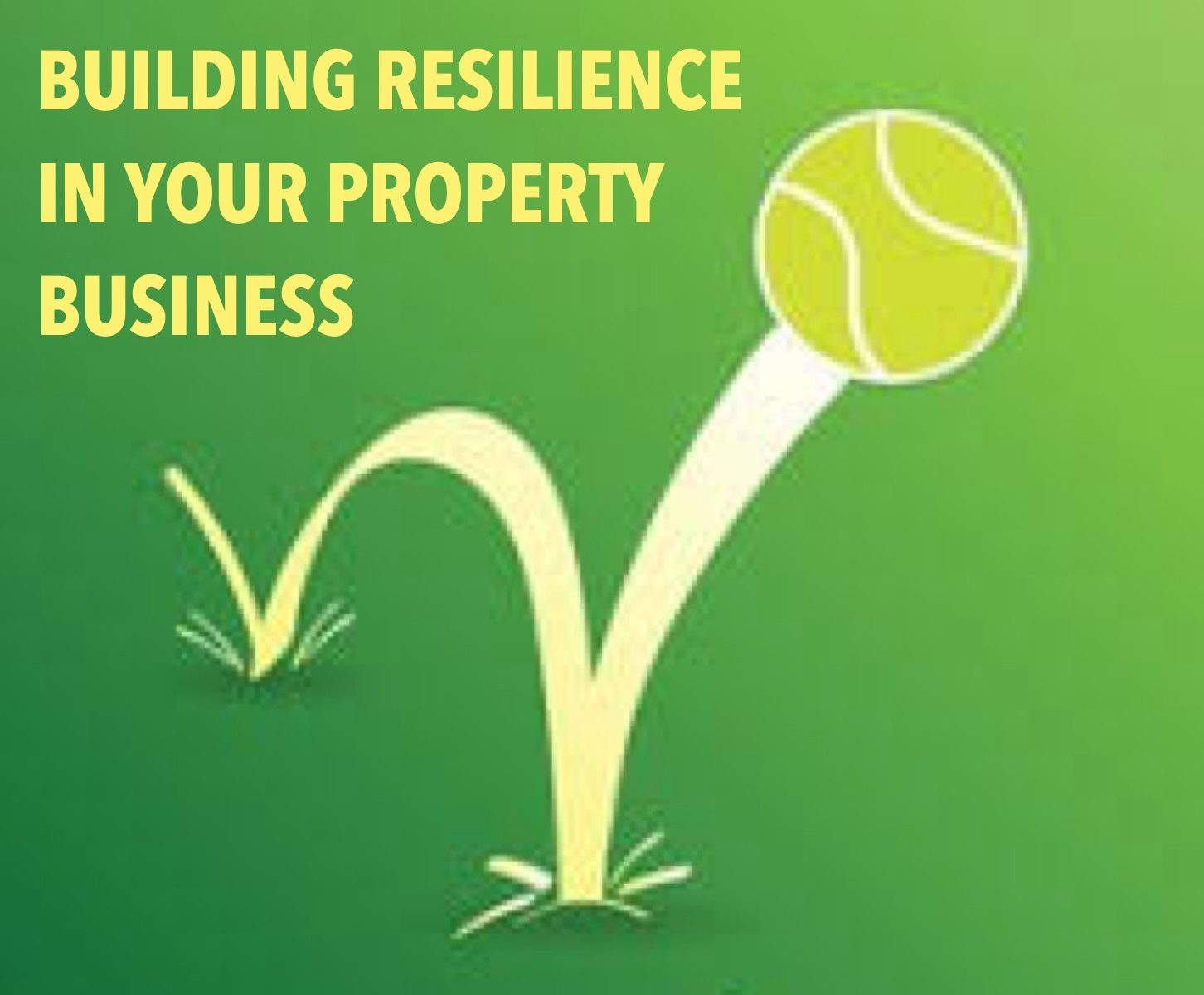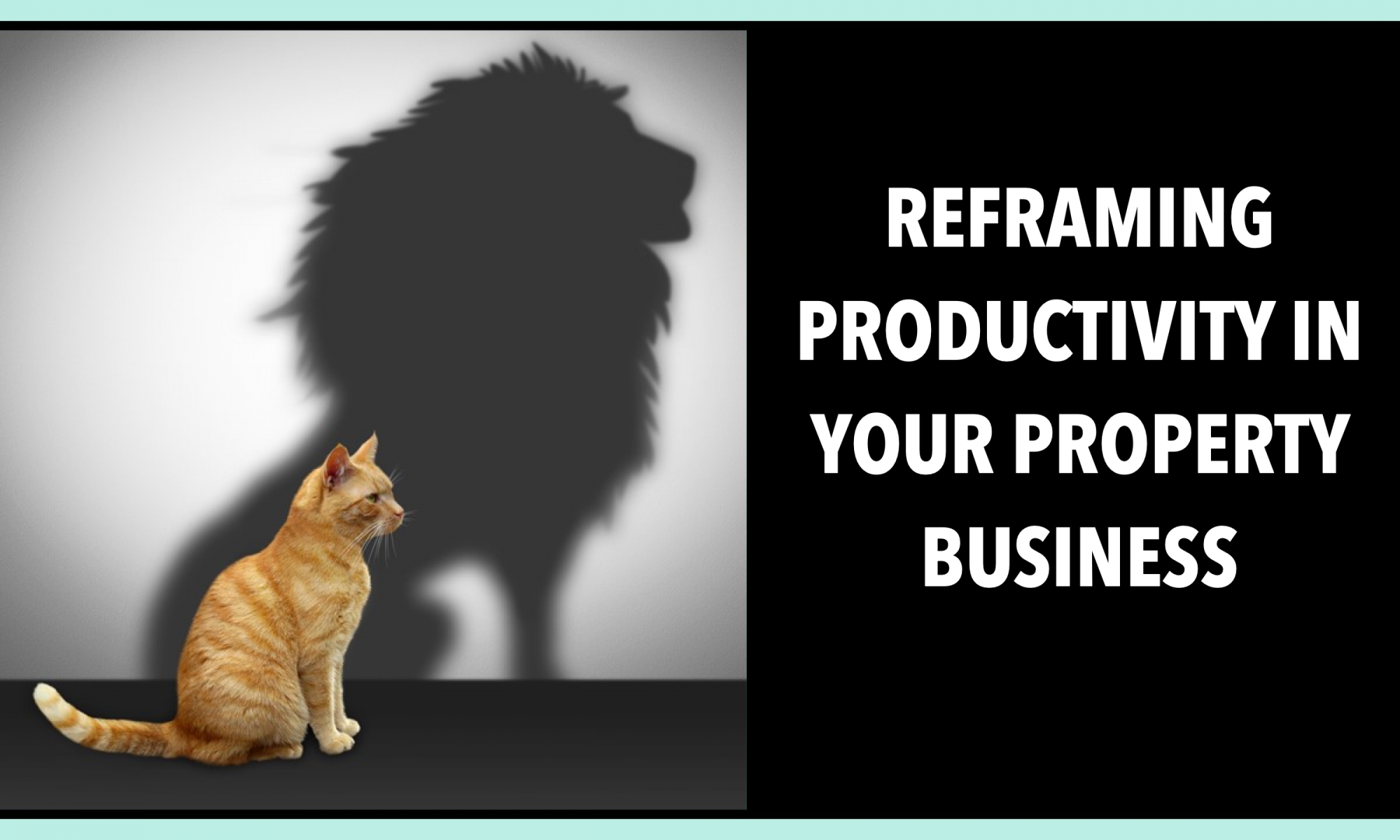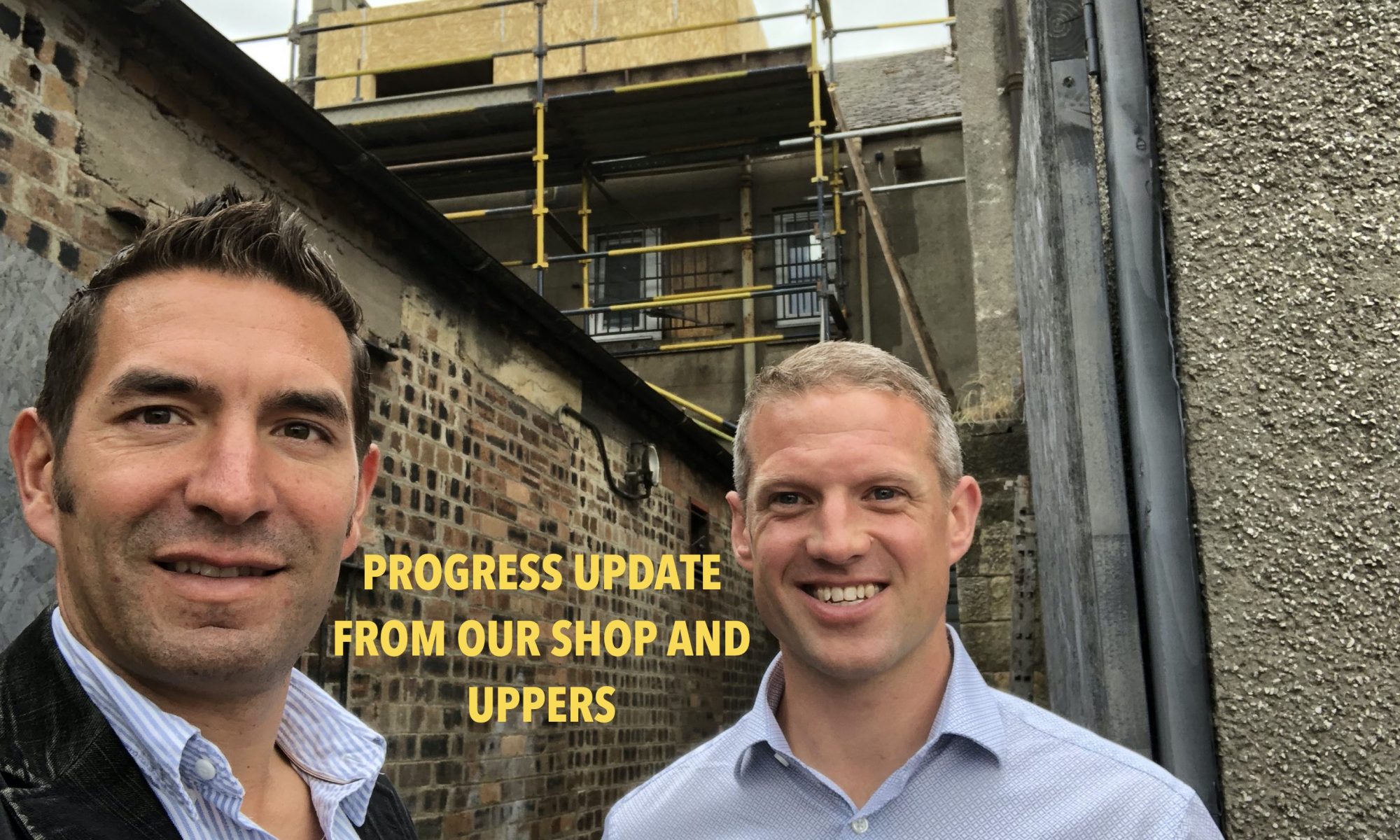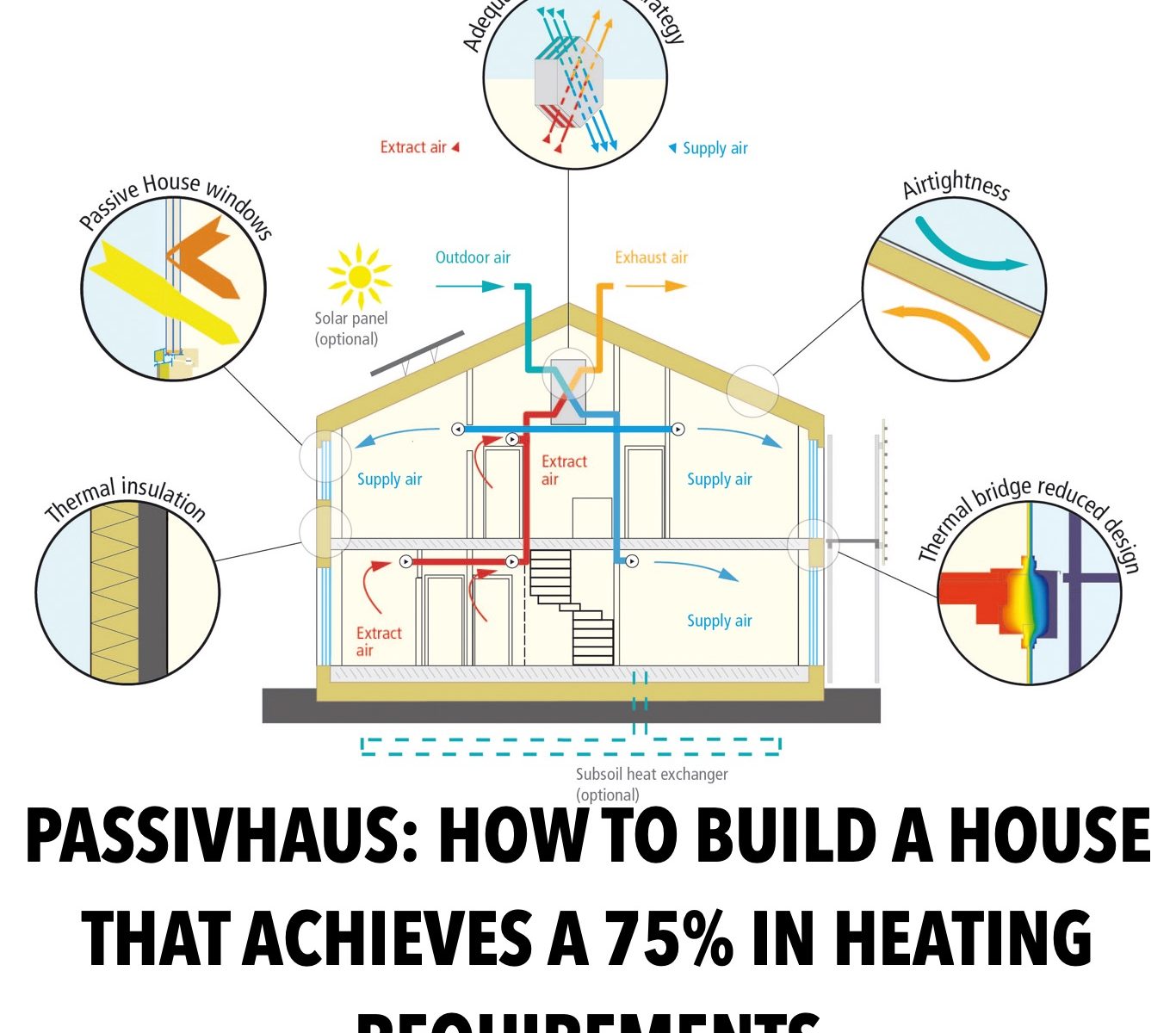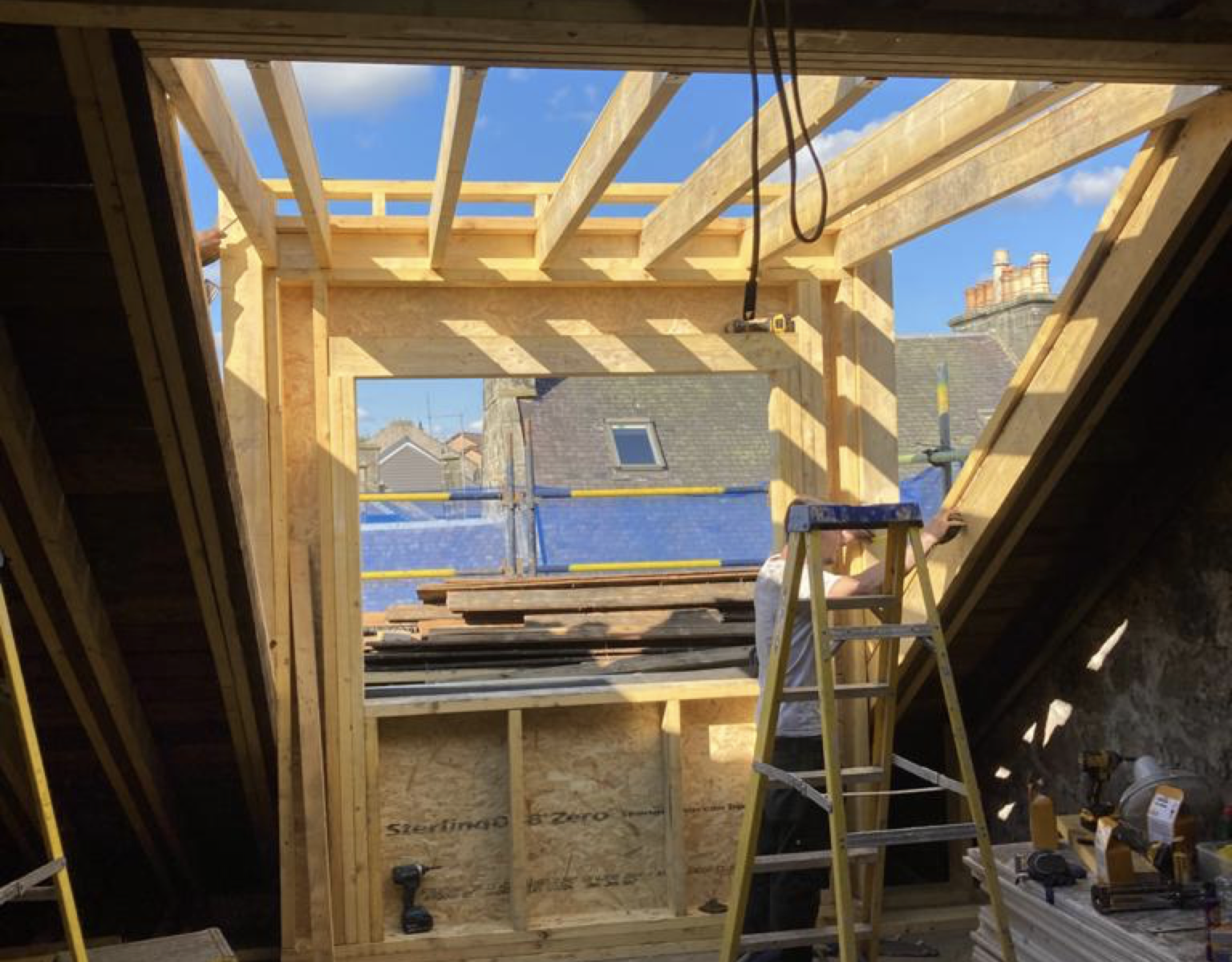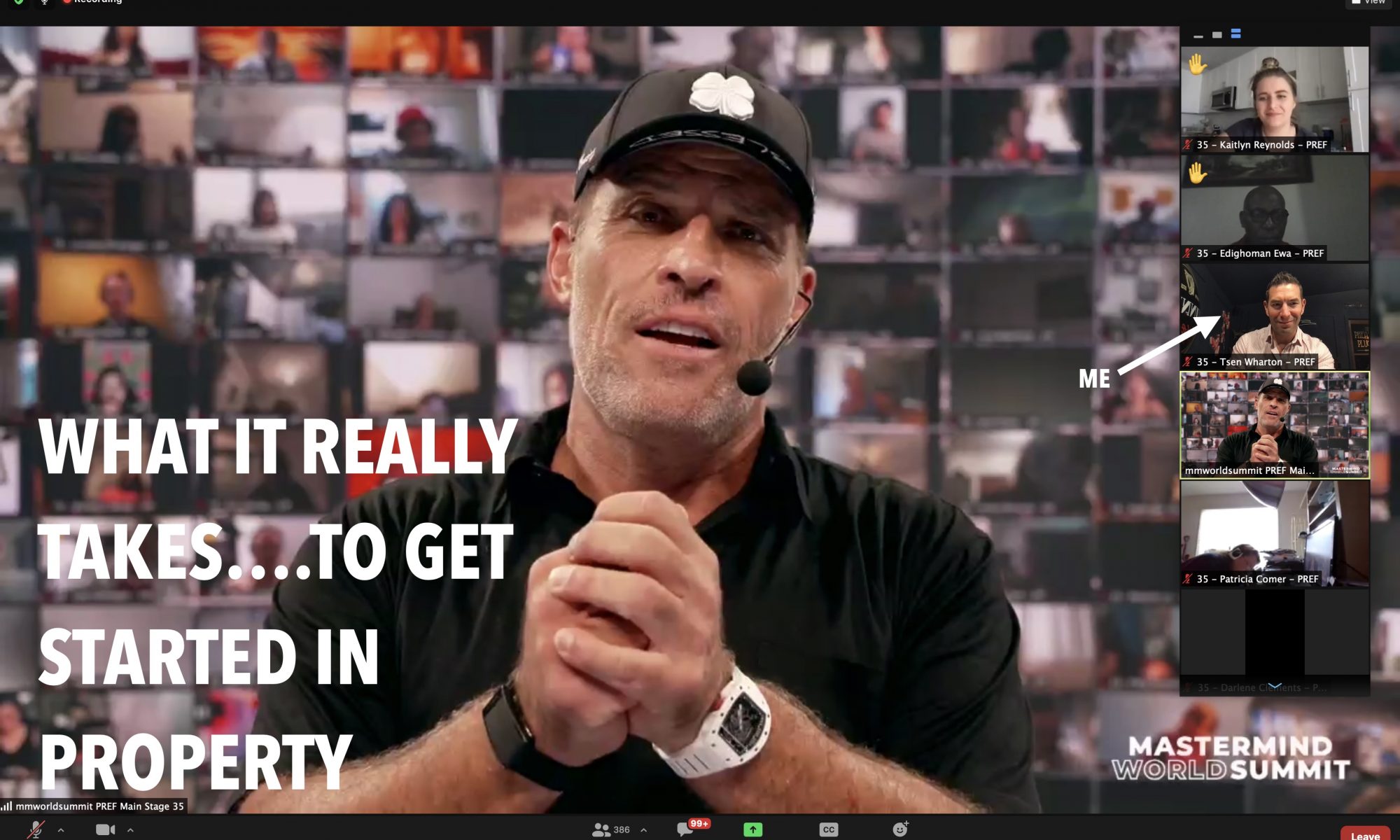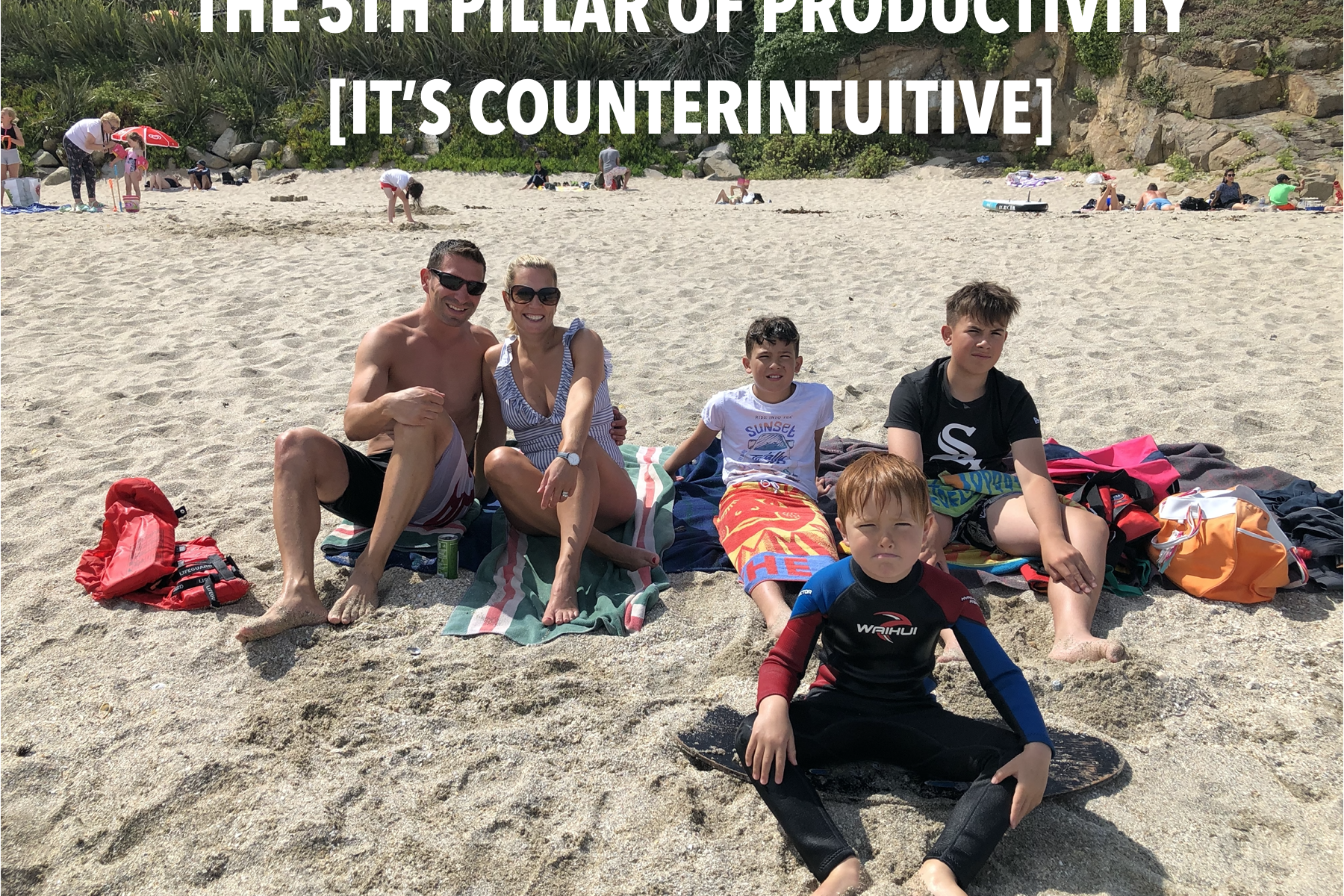You want to finish 2021 strong, right? Whatever happened up to the end of Q3, there’s a good chance that you reset some end of year goals as we crossed over into Q4. Well, now that October is nearly over how are you tracking? Are you making progress on what you know you should be doing?
I first shared the following set of questions at the beginning of 2020 and thought we could all benefit from running through them again now. So, if you’re interested in making sure your good intentions for your property business don’t dissipate, here are 12 questions to check in on yourself with. I first learned these from Darren Hardy and having noted them in my journal I’m going through them now for my own benefit. I hope you can benefit from asking these of yourself also.
12 QUESTIONS TO CHECK IF YOU ARE DOING WHAT YOU KNOW YOU SHOULD TO GROW YOUR PROPERTY BUSINESS
[the short sentences in the parentheses highlight the harsh truths that may be going on inside your head, hopefully not however 🙂 ]
#1: Do I have a weekly calendar with slots booked for my most valuable priorities, before each new day starts? [so I can create rather than react]
#2: Do I allow too many interruptions during the day from friends, family, customers, prospects, team members to interrupt my flow and deep concentration work? [because it’s a welcome relief from the hard work of creating and finishing something]
#3: Do I talk a lot, extending conversations into longer chit chats when unnecessary? [because it’s seemingly justifiable to delay the hard work of creating]
#4: Do I multi-task? [even though I know it reduces my intellectual ability and causes me stress and anxiety]
#5: Do I love the adrenalin buzz of being overly busy? [in order to feel a sense of importance and self esteem even though it’s at the demise of my actual productivity]
#6: Is living in chaos and constant motion more comfortable to me than stilling my mind and single tasking? [because I might fear to be alone with my own thoughts]
#7: Do I find it really difficult to say no? [because I am too needy for approval and lack the self confidence to stick to my own priorities]
#8: Do I often find myself in a crunch to finish projects because I’m in over my head? [because I allow myself to be everyone else’s whipping boy/girl and don’t protect my own priorities]
#9: Do I spend hours needlessly on social media? [to escape and distract me from what’s most important]
#10: Do I waste time doing repetitious, non-vital and inessential tasks? [because I haven’t put systems in place to automate or eliminate]
#11: Do I maintain control of nearly everything because I believe no one else can do it as well? [which makes me an egotistical and delusional narcissist]
#12: Do I believe I can’t afford to hire someone to help me? [because I don’t actually value my time, my family and my health appropriately]
If you’ve read this far you might, like me, have thought woah- those questions can be quite harsh and cutting. They are, but answering them for ourselves can only help by shining a light on what we need to keep us progressing in an optimal fashion. For me personally, I’ve noted some actions needed under questions under 7, 8 and 10.
Have these questions shone a light on something helpful for you?

